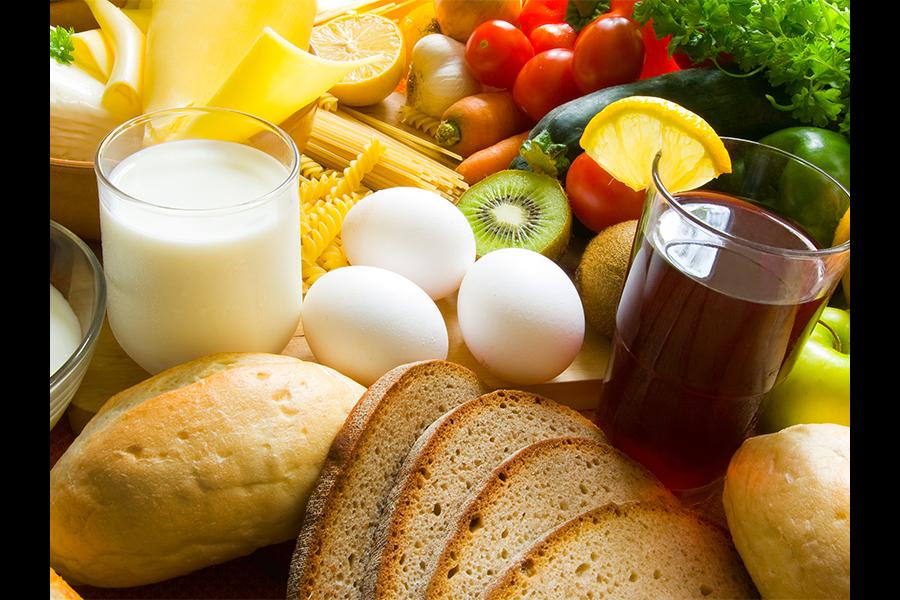High growth segments of the delicious Indian food and beverage industry
Several economic developments and supportive government policies, including the macroeconomic strength of the country have resulted in the development of production, processing, distribution and marketing of F&B in India
Every country’s journey toward economic growth results in the improvement of its food supply, both quantitatively and qualitatively, and India is no exception to the rule.
Liberalised foreign direct investment (FDI) policy, strong macro-economic indicators and reforms have resulted in the development of the production, processing, distribution and marketing of food and beverages (F&B) in India. For example, the entry of foreign technical know-how, processes and products to India, availability of food through e-commerce, technological advancement through research and development to cater to the local tastes and health benefits, and so on.
The F&B industry is the fifth-largest sector in manufacturing. Between April 2000 and June 2017, the Indian food processing sector received FDI worth $7.81 billion, making it the 13th largest sector receiving FDI in the country. In fact, 80 percent of the FDI in the food processing sector was received in the period since April 2012. FY17-18 is already showing strong promise for foreign investment in this sector, with $263 million invested in the April - June quarter (FY17 Q1), according to Department of Industrial Policy and Promotion (DIPP) Quarterly Fact Sheet (April 2000 to June 2017). Thanks to the entry of multinational companies and their expansion in the market, India is rapidly becoming a production hub for processed foods, which are increasingly consumed in India as well as exported to countries in South Asia, the Middle East and Africa.
Within the domestic F&B industry, ten segments have especially gained increasing acceptability among the Indian consumers and all have recorded a high growth rate:
As per a report from Ministry of Food Processing Industries of India (MOFPI), EY and the Confederation of Indian Industry (CII) on ‘High Growth Segments of Indian Food and Beverage Industry’, apart from India’s strong macro-indicators and production base, there are seven factors that have led to an increase in the consumption in India of these high growth F&B segments.
1. Affluence of working population with increase in disposable income
2. Rising urbanisation leading to changing lifestyles and less time to prepare food at home
3. Changes in taste and preference of the Indian consumers
4. Increase in tourism in India and international travel by Indians for example, increase in the use of ready-to-eat meals during travel
5. Innovative advertisements, rise in supermarkets and ecommerce boom creating increasing awareness among consumers and also making the products easily accessible to the consumers
6. Promised quality standards, health benefits of the products
7. Increase in consumption of fast growing F&B segments during special occasions and celebrations.
Complementing the strong demand drivers, India offers the largest diversified production base in the food sector. For example, it is the largest producer of milk in the world, the second largest producer of fruits, vegetables and wheat, and the third largest of eggs, sixth in meat production and is a leading producer of spices, fish and plantation crops (according to Food and Agriculture Organisation of the United Nations). This is advantageous to the Indian F&B industry to source its raw materials.
Further, the progressive measures and bold reforms by the government, especially in the last three years, including the introduction of Goods and Services Tax (GST), replacement of the Foreign Investment Promotion Board with the online Foreign Investment Facilitation Portal, permitting 100 percent FDI for retail trading in the food processing sector for food products that have been manufactured or processed within India; increasing investment in infrastructure projects, Food Safety and Standards Authority of India (FSSAI) aligning itself with Codex Alimentarius (literally, food code) international food standards, and so on. This reflects the government’s positive outlook, and a clear intent to develop the sector.
Recently, according to the World Bank’s Ease of Doing Business Report 2018, India jumped 30 spots to the 100th rank (from 130th in 2017) among 190 countries on the basis of certain parameters (excluding reforms due to GST implementation). All the policy changes in the country resulted in the highest jump in a year by any country in the World Bank's Ease of Doing Business ranking.
India is one of the fastest growing economies in the world, therefore demonstrating a strong business case for the global F&B industry. They can establish presence or plan on expanding operations in India as various segments of the Indian F&B industry will continue to witness tremendous growth in the foreseeable future.
- By Aashish Kasad, India region tax leader, consumer products and retail, EY India. Views are personal. Saral Barlota, Senior Manager - Tax, EY India, contributed to the article.
The thoughts and opinions shared here are of the author.
Check out our end of season subscription discounts with a Moneycontrol pro subscription absolutely free. Use code EOSO2021. Click here for details.



